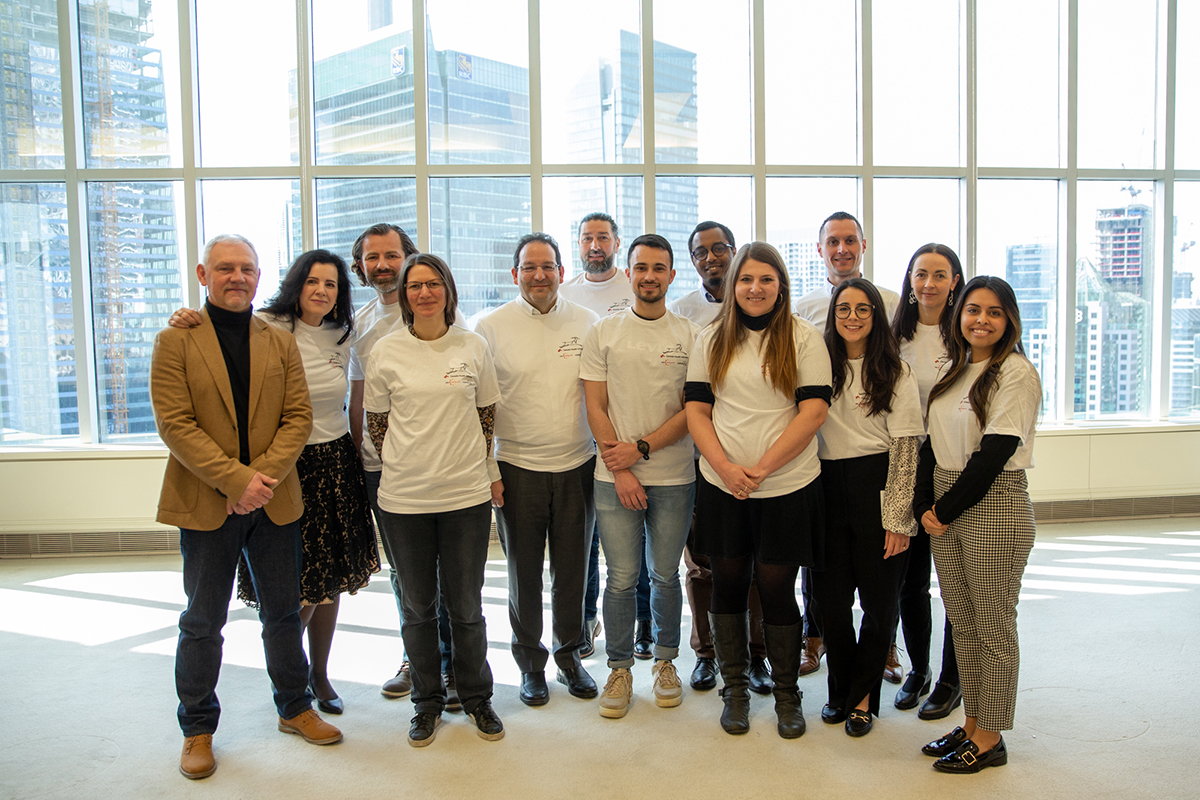During the pandemic, virtual care has increased significantly in Canada as a way to reduce people’s risk of contracting the virus in crowded doctors’ offices or clinics. Interoperability and standards are essential components of virtual care. As a common language between systems, standards enable interoperability: the ability for information to flow freely between different devices and systems. For example, standards might enable a patient’s mobile device and a videoconferencing platform used for virtual visits to “talk” to each other.
When we think of the environmental benefits of virtual care, we tend to think of carbon emission savings from averted travel. Certainly, these benefits are significant — an Infoway study this spring found that if half of primary care visits were conducted virtually, CO2 emissions would be reduced by 325,000 metric tonnes annually.
As I learned while listening to the Digital Health InfoCast a few months ago, health care’s most significant environmental impacts don’t come from travel and the energy needs of large medical facilities. They arise from medications, medical equipment and disposable plastic products.
Let’s take a moment to consider laboratory tests. They’re essential to diagnostics and better health outcomes. But have you ever thought about where those cotton balls and needles, gloves and tourniquets end up?
No, not the landfill. If a material has been in contact with human waste, or if it’s suspected to be contaminated with an infectious substance or blood, it is incinerated. Per Canadian guidelines, medical waste is transported to designated decontamination areas or third-party biohazardous waste disposal facilities. While these additional steps are critical to ensuring that toxins and biohazardous materials aren’t introduced into the environment, they nevertheless add to the environmental footprint of laboratory testing.
But standards can help. Standards like LOINC/ and pCLOCD and HL7 enable lab results to be shared electronically between patients and providers, which may decrease the need for duplicate testing. Fewer duplicate tests lead to less waste.
Similarly, standards like DICOM and SNOMED CT enable digital images to be shared with various providers. Digital imaging avoids the use of toxic reagents used in film. Developing film also uses considerable amounts of water, a commodity becoming ever more precious as droughts and wildfires increase globally. And finally, since standards improve interoperability – enabling images to be shared between providers – patients can avoid the travel associated with couriering or physically transporting their images between members of their care team.
We often joke that it’s easy for standards subject matter experts to lose themselves in the weeds. Certainly, our work involves a lot of cross-pollination! But this World Standards Day, I encourage everyone to reflect on the broader impact of this work. Standards assist providers in delivering the best care possible, they help facilitate the best health outcomes for patients — and they most certainly protect the planet.
Have a comment about this post? We’d love to hear from you.





